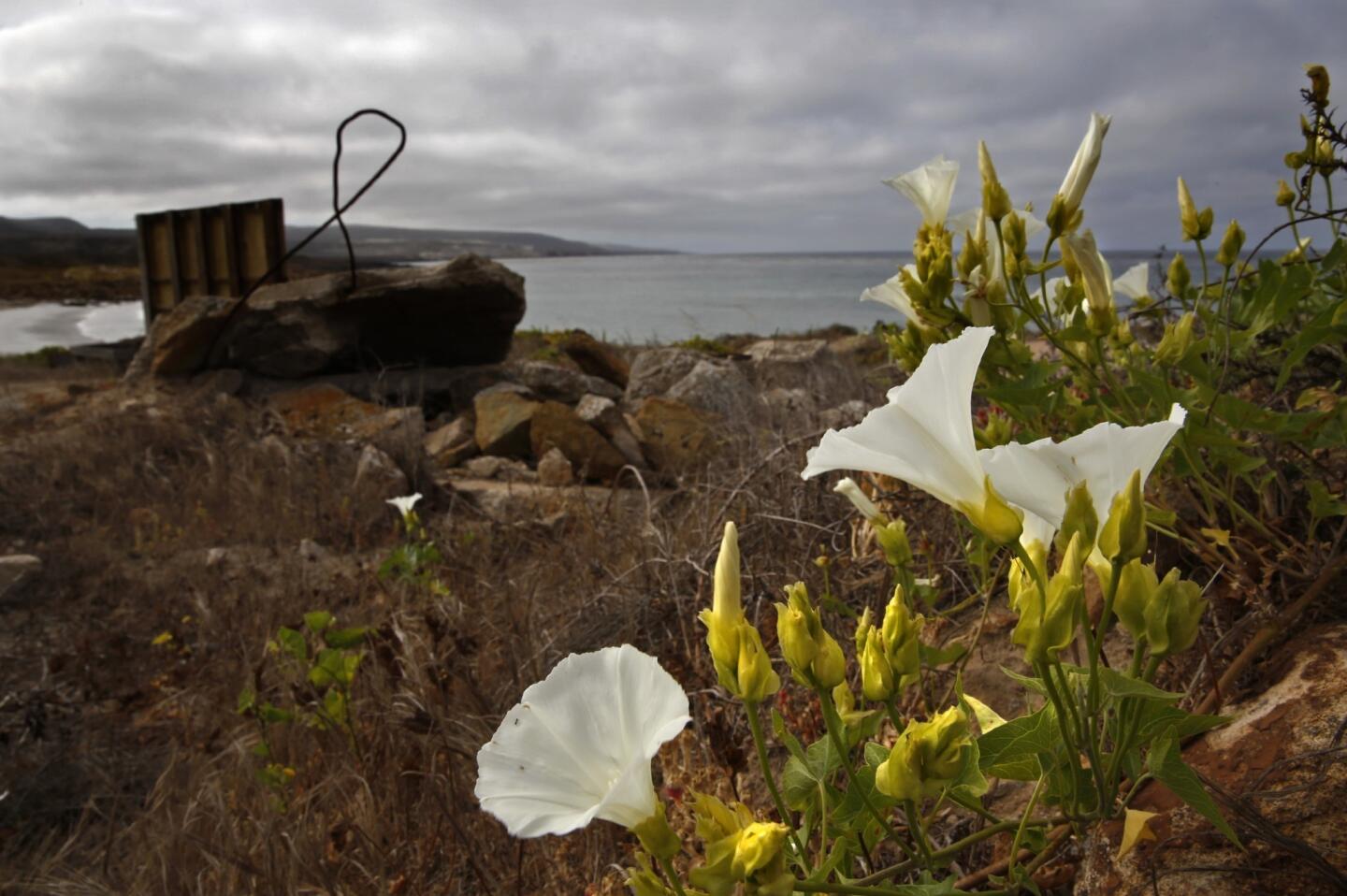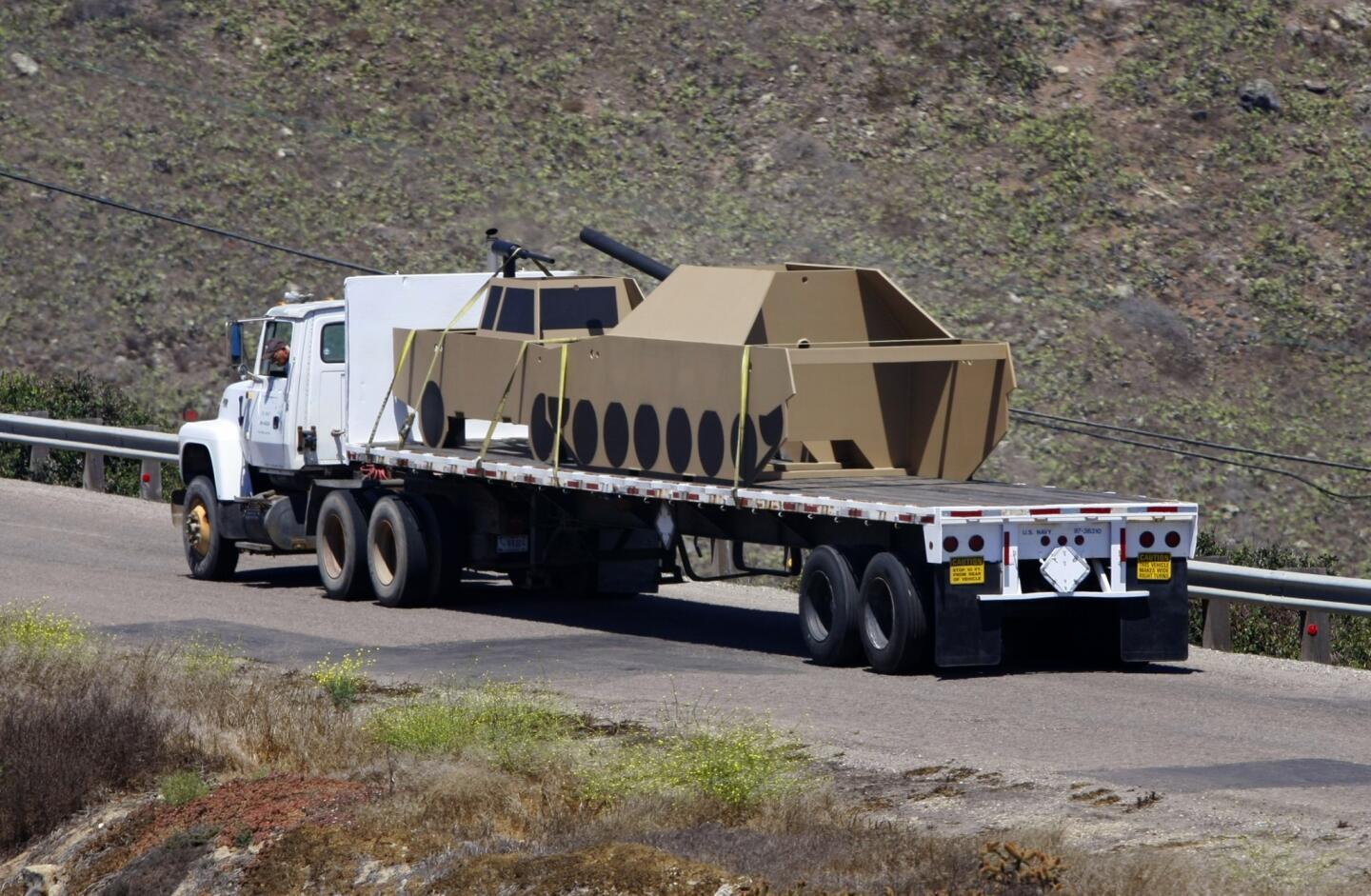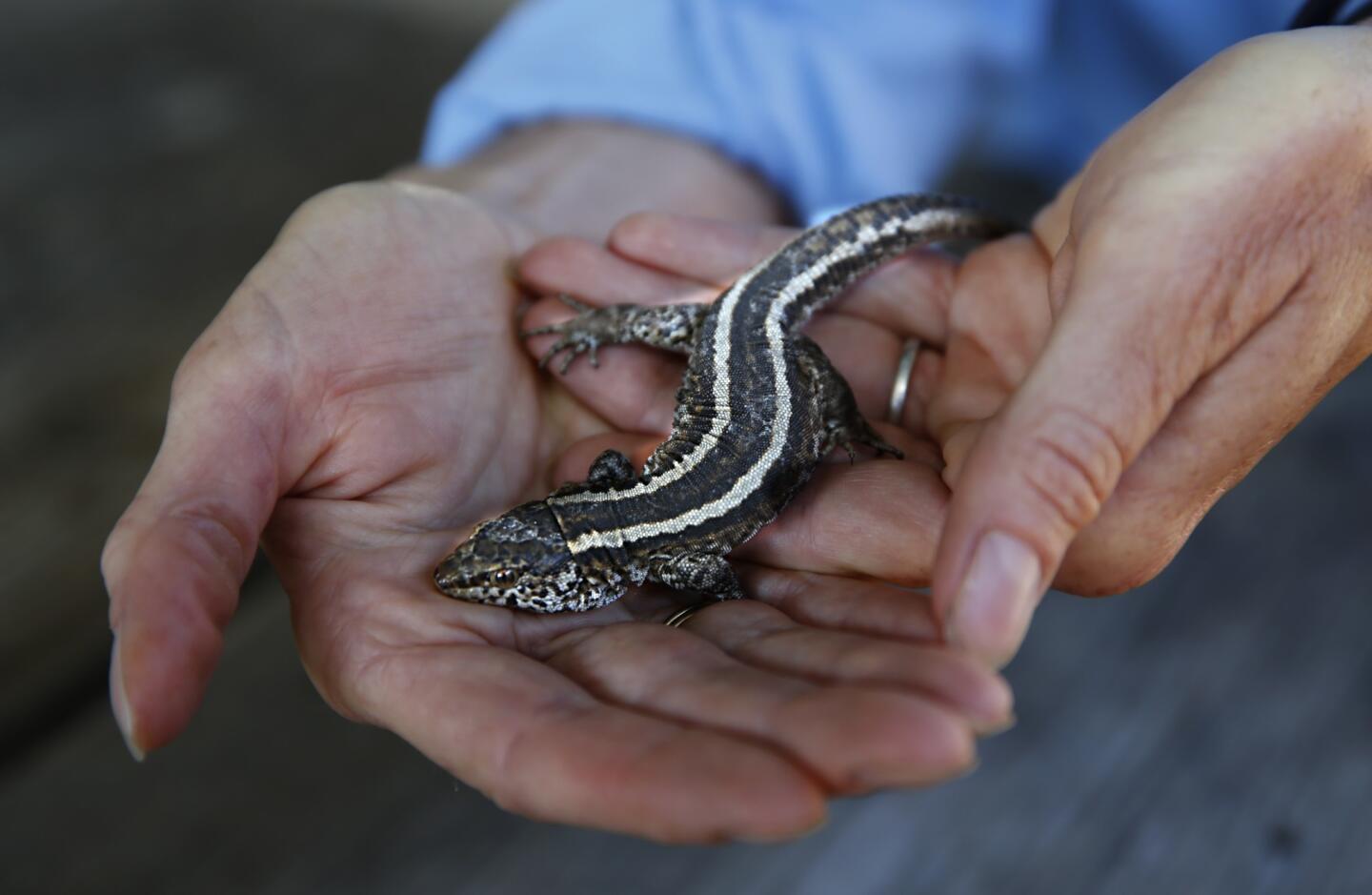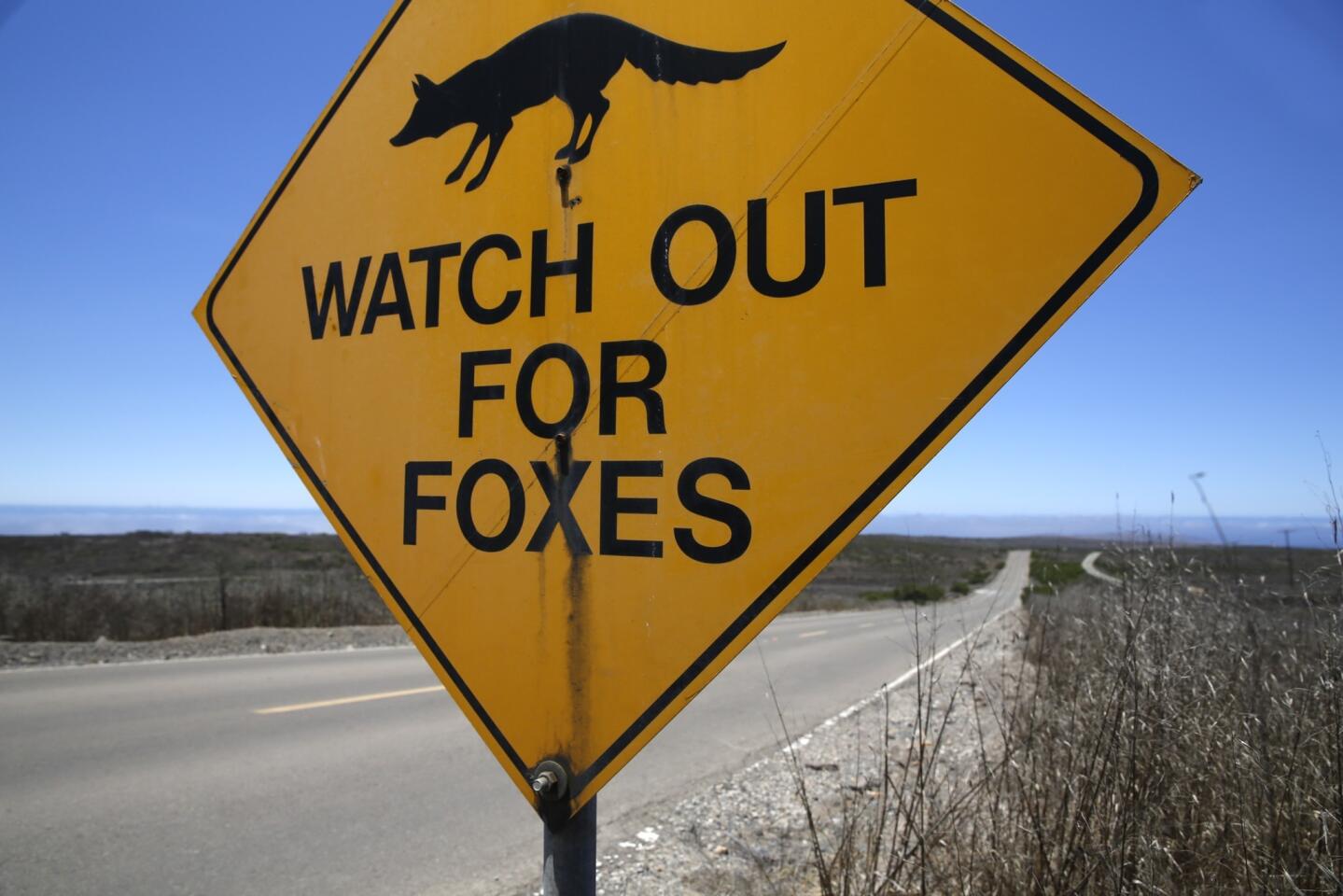More From the Los Angeles Times
Most Read in California
-
-
Oct. 3, 2024
-
-
![San Clemente Island, viewed from a shuttle aircraft that regularly flies military and civilian personnel to the U.S. Navy-owned land mass 68 miles from San Diego. The military airstrip is seen at the northern end. The southern end has the only remaining ship-to-shore bombardment range in the U.S. The Navy has supported an extensive ecological restoration of endangered plants and animals on the island. [For the record, July 24, 2013: An earlier version of this caption incorrectly said the military airstrip was at the southern end of the island, and the bombardment range to the north.]](https://ca-times.brightspotcdn.com/dims4/default/75c6626/2147483647/strip/true/crop/2048x1349+0+0/resize/1440x949!/quality/75/?url=https%3A%2F%2Fcalifornia-times-brightspot.s3.amazonaws.com%2F27%2F1c%2F485caad18db60fdd718a1f97ed77%2Flat-1479178donbart-la0010504175-20130717)
San Clemente Island, viewed from a shuttle aircraft that regularly flies military and civilian personnel to the U.S. Navy-owned land mass 68 miles from San Diego. The military airstrip is seen at the northern end. The southern end has the only remaining ship-to-shore bombardment range in the U.S. The Navy has supported an extensive ecological restoration of endangered plants and animals on the island. [For the record, July 24, 2013: An earlier version of this caption incorrectly said the military airstrip was at the southern end of the island, and the bombardment range to the north.] (Don Bartletti / Los Angeles Times)

An island morning glory is in full bloom on a slope above West Cove Beach on San Clemente Island. The native plant was nearly wiped out by overgrazing goats brought to the island by early 20th century ranchers. Twisted metal and other debris from an abandoned training structure pokes out of the rocky landscape. (Don Bartletti / Los Angeles Times)

A truck hauls models of a tank and armored vehicle on San Clemente Island. The dummy armaments will be positioned as visual targets for the U.S. Navy. (Don Bartletti / Los Angeles Times)

Wildlife biologist Melissa Booker holds an island night lizard found beneath a rock on San Clemente Island. Now that non-native predators have been removed from the island, the population of the 6-to-8-inch-long reptile has been recovering. (Don Bartletti / Los Angeles Times)

A sign on the main north-south road that runs the length of San Clemente Island warns drivers to watch out for the San Clemente Island fox that was nearly wiped out by goats and pigs brought to the area by ranchers many decades ago. Now that non-native animals have been removed, the native fox’s numbers have increased. (Don Bartletti / Los Angeles Times)
Oct. 3, 2024